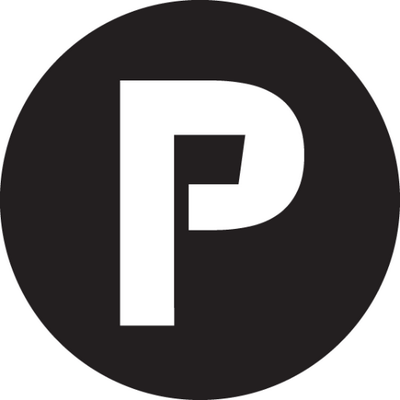Modern Billing Systems: 5 Signs Your System Isn't Ready for Prime Time

We live in a period of disruption. New mega trends - cloud, mobile, big data - have changed the way consumers purchase products and services, with customers demanding anytime, anywhere access.
Businesses are responding by changing the way they package and sell, moving from product-based models to service-based models. New business models are emerging and upstart companies are challenging the traditional ways of doing business in established industries (think Uber). And the Internet of Things (IoT) will only accelerate this shift, with billions of new digital devices connecting each year.
At the center of monetizing this disruption is recurring revenue. Predictable revenue streams and happy customers are by-products, which CEOs and CFOs love and investors covet. The potential is staggering: some estimates place the total market value of the opportunity for recurring revenue business at $500 billion or more.
Getting monetization right starts with your billing platform. Here are five telltale signs that your legacy billing processes and systems cannot keep up with today's needs. How many of these are true of your business?
Sign #1 - Your view of your customers is fragmented
The foundational principle of a recurring revenue business is that you must know your customers - their preferences, history, etc. That task becomes more difficult when customer data is spread across a half dozen platforms (CRM, Billing, AR, Provisioning, CSR, Fulfillment, etc.), with no centralized customer view and no orchestration between systems. As a result, your data is fragmented - spread across multiple systems and possibly out-of-synch from system to system.
The problem with data fragmentation is that it tends to result in a fragmented customer experience. Provisioning and billing errors result, customer account views aren't up-to-date, and the overall customer experience fails to meet expectations. Data fragmentation is the number one depressor of customer satisfaction and a sure sign that billing is broken.
Sign #2 - Your competitors get to market with new offerings faster than you
You see an opportunity to go to market with a new offering that will undercut your competitor and grab new market share. But there's a problem - your billing system is standing in the way. Many legacy billing systems actually require intervention from IT or engineering to implement new products, bundles, and pricing, instead of allowing the business to easily manage these attributes. The change process becomes a bottleneck.
Speed to market and flexibility are basic table stakes in the new economy. Product cycles are shrinking, and the opportunity cost of not being first to market is potentially devastating. If your competitors are beating you to market, is your billing system part of the reason?
Sign #3 - Billing constrains the services and pricing you can offer
Worse than being slow to market, is not being able to go to market at all. For example, if your line of business determines it can steal market share from a competitor by going to market with a tiered usage pricing structure with a minimum monthly charge, your billing system should be able to support it. But what if it can't? You'll miss the opportunity all together.
Many traditional billing systems do not provide the basic functionality -subscriptions, usage aggregation, tiered pricing, discounting, promotions, proration, etc. - required to monetize recurring revenue products. Finding the right monetization solution begins with taking inventory of capabilities and gaps in your current revenue management solutions.
Sign #4 - Your customers tell you that you have a billing problem
They often won't come right out and say it, but your customers will tell you when there's a billing problem. The ways they'll tell you can be devastating to your business. If you're lucky, a customer will call customer service to get the issue resolved. Those calls are expensive, but not as costly as customer churn. Some customers will just get fed up and run to the competition, especially if problems are recurring. Some of those that leave will tweet to 8,000 of their closest friends about why they're leaving.
Signs to watch for include an increased number of customer service calls related to billing and provisioning, negative comments on social media, and increased customer churn.
Sign #5 - Revenue leakage
Revenue leakage is a simple problem - either you're giving product away, or you're charging the wrong amount. It's also hard to measure. Ask 10 CFOs if their companies have revenue leakage issues, and you'll get 10 'yes' answers. Ask how much leakage, and you'll see 10 sets of shrugging shoulders.
Revenue leakage is ultimately a data problem, most often the result of a disconnect between the sales process, billing and entitlements. Entitlements might be out of synch with billing, usage data might not make it to billing, pricing might not match contracts, etc. The more silo'd your systems - the more likely you'll see leakage. Whatever the form of leakage, and however much you're leaking, you can't afford it.
Many companies are learning that their existing systems have come up short on the features needed to successfully monetize recurring revenue opportunities. Make sure your billing system isn't denying you the flexibility you need to be competitive in ever-changing markets.
Author Bio:
Bob Harden has 30 years of IT experience. He is the former Director of Billing Solutions at Experian and current founder and principal of The Harden Group, where he often teams up with Aria Systems.
Subscribe to Our Newsletter!
Latest in Software








